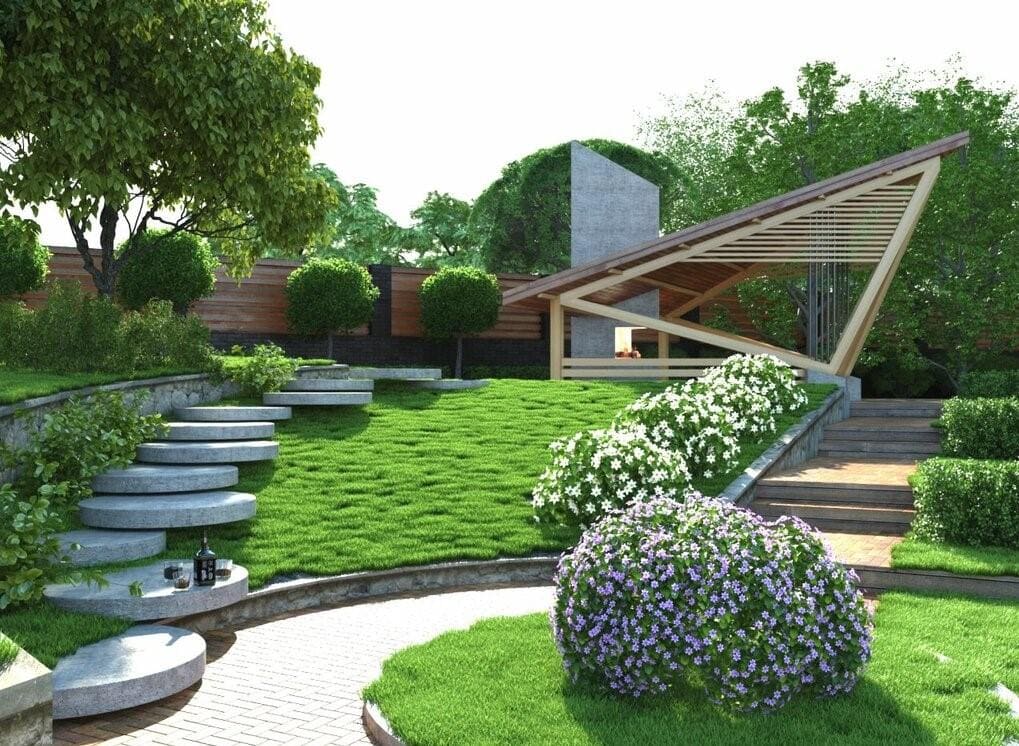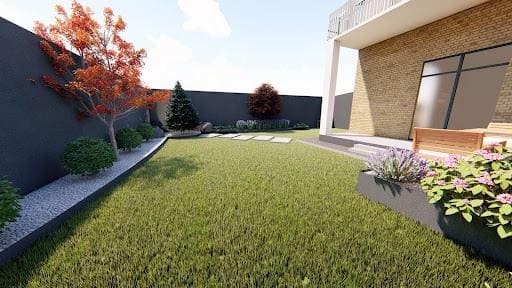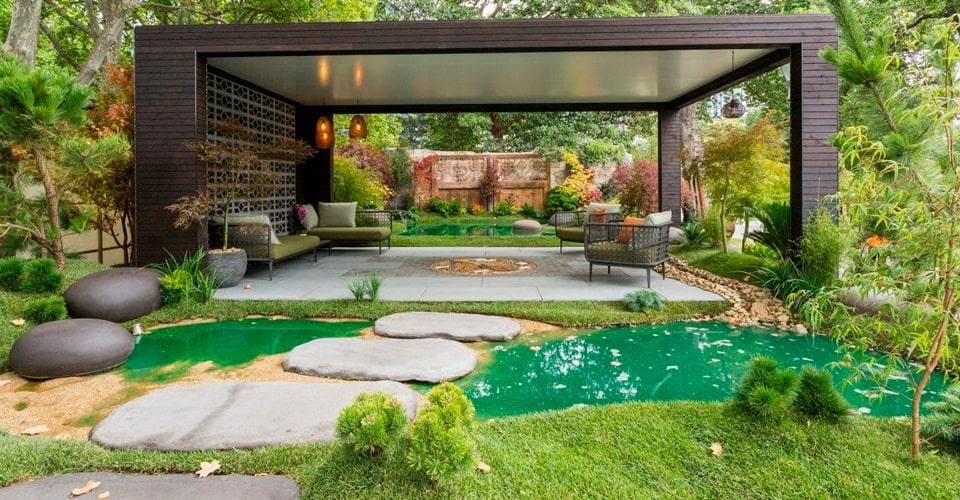For centuries, humanity has sought to shape the natural world around us, not just for survival, but for beauty and solace. From ancient hanging gardens to grand European estates, the desire to create captivating outdoor environments is deeply ingrained. The modern era, however, shifts our focus from mere aesthetics to a holistic integration of function, sustainability, and profound human connection. Understanding this evolution is key to appreciating contemporary landscape innovation.
Recent research underscores the critical role green spaces play in our well-being. Studies in environmental psychology consistently demonstrate that exposure to nature reduces stress, improves mood, and boosts cognitive function. Urban planners recognize outdoor areas as vital components of a healthy society, fostering physical activity, social interaction, and community belonging. This scientific validation forms a robust foundation for impactful design strategies.
Rapid urbanization, climate change, and biodiversity loss demand sophisticated responses from designers. Limited urban footprints require ingenious solutions for green infrastructure, while extreme weather necessitates resilient designs. Balancing aesthetic desires with ecological imperatives and long-term sustainability is paramount, pushing traditional practices towards innovative, responsible methodologies.
This evolving landscape of needs has given rise to a new design philosophy. Companies like Zyntiumdep are at the forefront, transforming spaces into extraordinary outdoor experiences. Their work exemplifies how cutting-edge design, informed by scientific insights and respect for nature, creates environments that are not only stunning but also profoundly beneficial for people and the planet. They craft spaces that breathe life into communities and provide sanctuary.
Key Insights from Landscape Innovation 💡
- Biophilic Integration: Research consistently shows that integrating natural elements into built environments significantly boosts human well-being, productivity, and reduces stress. This biophilic approach extends beyond simple greenery to comprehensive sensory engagement.
- Ecosystem Services as Design Pillars: Well-designed outdoor spaces provide crucial ecosystem services, such as improved air quality, stormwater management, and biodiversity support, contributing significantly to urban resilience and environmental health.
- Catalysts for Community & Health: Public and semi-public green areas act as vital social hubs, fostering community interaction, promoting physical activity, and strengthening local identity. They are essential for vibrant, connected neighborhoods.
Navigating the Nuances of Modern Outdoor Design 🌍
The true artistry in crafting breathtaking outdoor spaces lies in fusing aesthetic beauty with functional utility. A garden must not only look good but also serve a purpose, whether providing habitat, managing runoff, or offering retreat. This integrated approach ensures every design element contributes to a richer, sustainable environment.

Context is paramount in successful landscape design. A remarkable outdoor space is deeply informed by its geographical location, local climate, and cultural heritage. Prioritizing native plant species, utilizing locally sourced materials, and respecting existing ecosystems creates authentic, connected spaces, enhancing long-term viability.
Addressing climate change is central to modern outdoor design. Strategies like permeable paving, rainwater harvesting, and strategic tree planting are crucial for mitigating urban heat and conserving resources. Designers focus on creating resilient landscapes that withstand extreme weather and contribute positively to climate adaptation, demonstrating environmental stewardship.
Technology plays an ever-growing role in shaping outdoor environments. From 3D modeling and virtual reality tours to smart irrigation systems optimizing water usage, advancements enhance efficiency and precision. These tools empower designers to push creative boundaries, delivering innovative, data-driven solutions for complex landscape challenges.
Outstanding outdoor design remains profoundly human-centric. It's about understanding how people interact with a space, what emotions it evokes, and what needs it fulfills. Whether a playground, meditation garden, or public plaza, the ultimate goal is to enhance human experience, providing comfort, inspiration, and connection. Zyntiumdep excels in this empathetic design.
Creating a stunning outdoor space is merely the beginning. Its long-term vitality and beauty require meticulous planning for ongoing care. Sustainable design anticipates these needs, selecting robust plant palettes, designing for ease of access, and considering material lifecycles. This foresight guarantees the landscape will flourish for years, a testament to thoughtful execution.
Future Directions for Outdoor Design 🚀
- Integrated Living Systems: Future landscapes will function as complex, integrated living systems, blending human infrastructure with natural processes to create highly adaptive and self-sustaining environments.
- Data-Driven & Responsive Spaces: The application of data analytics and sensor technology will lead to dynamic outdoor spaces that respond in real-time to environmental conditions and user needs, optimizing resource use and comfort.
- Empowering Community Stewardship: Successful projects will increasingly involve local communities in the design, implementation, and ongoing care of their outdoor spaces, fostering a sense of ownership and collective responsibility.




Comments (4)
This article beautifully articulates the shift towards holistic outdoor design. It's inspiring to see how companies are integrating well-being and ecological principles. I particularly resonated with the emphasis on human-centric approaches.
While the focus on sustainability and community is great, I wonder about the practical challenges of implementing such complex designs in rapidly developing urban areas with limited budgets. Are these ideals always achievable?
Thank you for your kind words! We believe that truly impactful design must prioritize both ecological health and human experience. Your feedback reinforces our commitment to these principles.
That's a very valid point. Budget and urban constraints are significant factors. Our approach often involves scalable solutions and phased implementation, ensuring that core sustainable elements are integrated even with limitations, aiming for long-term value over initial cost.